Pros and Cons of Different Siding Types
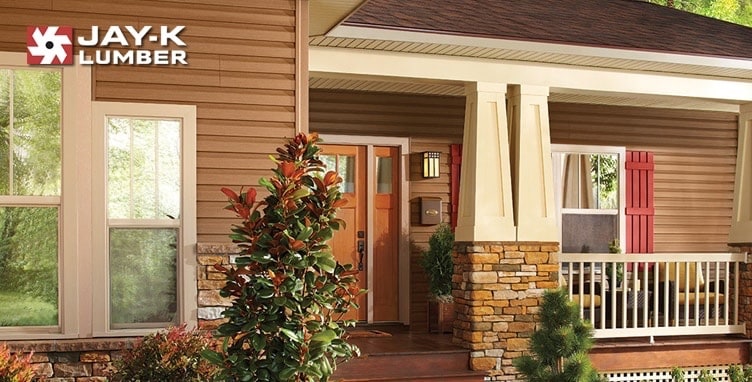
Pros, Cons, and Trade-Offs
Installing new siding can be rewarding, and revitalize the look of your home. Choosing the right type makes all the difference. So how do you choose the right siding? We help you get started with this overview of some of the most common siding choices with their pros and cons, and the trade-offs to consider with each.
Vinyl Siding

One of the most popular of siding materials, vinyl is strong, and available in a wide range of colors and textures. Simulated wood grain, shingles (Shakes), and stone are popular, and colors are mixed into the material before forming, so minor scratches and gouges don’t show easily. This lightweight material is easily installed.
Pros: Low maintenance, no painting or finishing required, relatively low cost, lasts a long time, resists rot, and increases your home’s value.
Cons: Overlapping creates visible seams, and can crack under strong impacts. Not biodegradable.
Wood
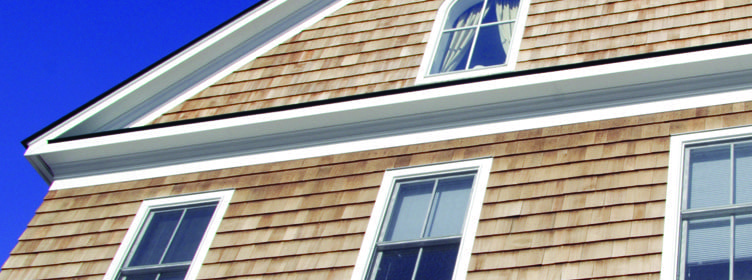
Wood clapboard and shingle siding (Shakes) have a natural beauty that gives your home a warm, welcoming, upscale feel. There are many wood species, grades, and levels of quality, and your choice of sealer, stain, or paint will depend on the grade and look. Wood requires more maintenance, which means more cost, but with regular refinishing, can last many years. Make sure to choose certified sustainable wood varieties.
Pros: Easier to cut and shape, and the semi-skilled can install as a DIY job. Great looking finish. Easily biodegradable when disposed of. Not too expensive to install.
Cons: Better quality wood can be expensive. Regular maintenance increases ongoing costs. Can’t be used to cover old siding; must remove old siding before installing.
Fiber Cement
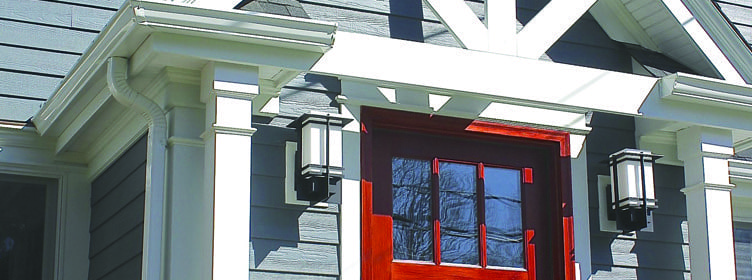
This popular siding choice is known for its stability and relatively low maintenance. Made from a mix of wood pulp, clay, cement, and sand, it is molded to look like wood clapboard, shingles (Shakes), stucco, or masonry. It can be easily painted, and comes in a variety of finishes.
Pros: Very durable, and resists contracting/expanding with changes in temperature and humidity, requiring less maintenance. Fire-resistant, termite-proof, and rot resistant. Not too expensive, and offers long warranties.
Cons: Heavy, requiring specialized installation tools and methods. Increased labor due to shorter board lengths. More visible seams. Also must completely remove old siding to install.
Engineered Wood
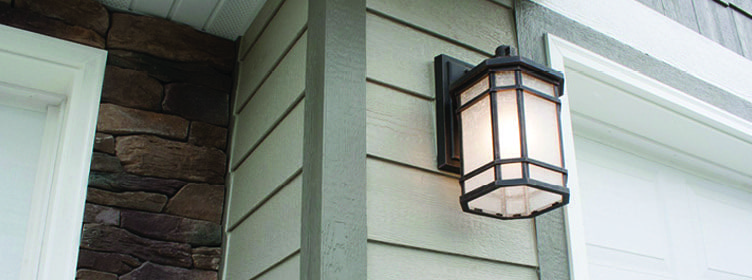
This type of siding is made from wood fibers and durable resins. It’s very strong, can withstand severe weather, and is available in a wide variety of styles, textures, and simulated finishes (beaded lap, clapboard, wood shingles). You can order it with a factory finish, or paint yourself. Engineered wood is generally less expensive than fiber cement and real wood, but holds up as well. Warranties can run up to 50 years.
Pros: Similar look to wood. Easy to work with, and the dust isn’t toxic. Insect resistant. Inexpensive; about half the cost of real wood. Low VOC, and production doesn’t create much waste. Comes with factory applied primer. Longer lengths means fewer seams and less labor intensive installation.
Cons: Requires continual painting and maintenance. Could rot.
Synthetic Stone
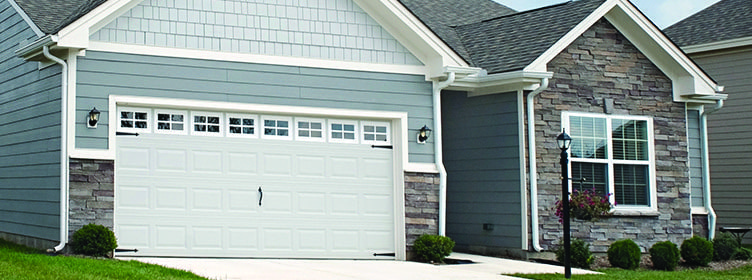
This mixture of cement, aggregate, and sand is molded to look (pretty successfully) like real stone. You can choose from simulated stone types like stacked and ledge stone, with a wide selection of styles and shapes. Generally used as an accent siding around chimneys or entrances.
Pros: Much less expensive—and much lighter weight—compared to real stone. Insect and fire resistant. Positive environmental ranking in manufacture (and reduced demand for real stone). Easy to install. Less labor intensive installation.
Cons: Outside of real stone, it still ranks as one of the most expensive sidings. While the look of simulated stone has gotten better, some don’t like the less “authentic” look.
Manufactured Stone Veneer
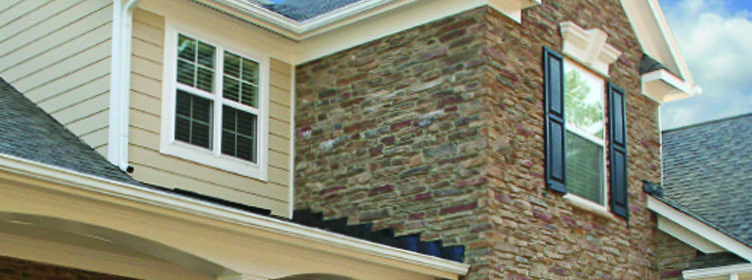
ProVia’s Manufactured Stone Veneer is artfully handcrafted to capture the authentic coloring and dramatic effects of natural stone. Each of our manufactured stones are carefully selected from unique geographic regions and then skillfully molded and cast. The colors include hues of gray, brown, ivory, beige and more, and use only raw pigments, creating rich, natural results that mimic real stone. ProVia Ledgestone, Fieldstone and River Rock stone styles provide the perfect look for every style.
Pros: Looks and feels like real stone. Boosts your home’s curb appeal and value.
Cons: Installation involves many steps, making it more labor intensive.
Our experts can help you choose the right siding for your home, your tastes, and your budget. Let us know your requirements, and we can help you start on a new look that will last a lifetime.
For more information, start on our Siding Department page, then stop in to the store for expert advice.
Explore more of our Tips & Ideas
